#氷河期
Explore tagged Tumblr posts
Text








Chapter 2: Pre-Jomon Japan Welcome, Japanese archaeologists, to a new archaeological installment. Having said that, make yourself comfortable and let's begin. - In the previous publication we made a short description, commenting on where the Kasuke neighborhood of the city of Midori is located, Gunma prefecture in the northern region of Kantō, we also commented on when the Upper Paleolithic dates back to 35,000 / 25,000 BC. Currently the Iwajuku III culture is 40,000 and possibly even older, only future research will shed more light on this culture and the Japanese passage, its discoverer was Tadahiro Aizawa, during the 1946 showa era of post-war Japan, excavation has continued until our present that corresponds to the Heisei era. - I hope you liked it and see you in future posts, have a good week. 第2章: 縄文以前の日本 日本の考古学者の皆さん、新しい考古学へようこそ。そうは言っても、気を楽にして始めましょう。 - 前回の出版物では、関東北部の群馬県みどり市の嘉助地区がどこにあるかについて簡単な説明を行い、上部旧石器時代がいつ紀元前 35,000 年 / 25,000 年に遡るかについてもコメントしました。現在、岩宿Ⅲ文化は 40,000 個あり、おそらくさらに古いものである可能性があります。この文化と日本語の歴史にさらに光を当てるのは将来の研究だけです。その発見者は相沢忠宏で、戦後日本の 1946 年の昭和時代に、発掘は現在まで続けられています。それは平成に相当します。 - 気に入っていただければ幸いです。今後の投稿でお会いしましょう。良い一週間をお過ごしください。 - Capítulo 2: El japón pre-Jomon Sean bienvenidos, japonistasarqueologos, a una nueva entrega, arqueológica, una vez dicho esto pónganse cómodos que empezamos. - En la publicación anterior hicimos una pequeña descripción, comentando donde se localiza el barrio de Kasuke de la ciudad de Midori, prefectura de Gunma en la región norte de Kantō, también comentamos de cuando data paleolítico superior 35.000 / 25000 a.c. Actualmente la cultura Iwajuku III y es de 40.000 e incluso más antigua posiblemente, únicamente futuras investigaciones arrojará más luz sobre esta cultura y el pasadizo japonés, su descubridor fue Tadahiro Aizawa, durante la era showa 1946 del Japón de la posguerra, se ha seguido excavando hasta nuestro presente que corresponde a la era Heisei. - Espero que os haya gustado y nos vemos en próximas publicaciones que pasen una buena semana.
#日本#文化#先史時代#旧石器時代#氷河期#考古学#芸術#地理#写真#ユネスコ#japan#culture#prehistory#paleolithic#iceage#archaeology#art#geography#photography#unesco
50 notes
·
View notes
Text
【コスチューム】茂みのハンター
目次 ▼【グラクロ】【コスチューム】茂みのハンターの基本情報 ▼【グラクロ】【コスチューム】茂みのハンターのステータス ▼【グラクロ】【コスチューム】茂みのハンターの着用可能キャラ ▼【グラクロ】【コスチューム】茂みのハンターの評価 【コスチューム】茂みのハンターの基本情報 部位 衣装 レアリティ SSR 入手方法 イベント交換所 価格 ― 【コスチューム】茂みのハンターのステータス 防御力+120 忍耐率+2% クリティカル防御+2% 【コスチューム】茂みのハンターの着用可能キャラ 【氷河の守護者】コキュートス 【コスチューム】茂みのハンターの評価 見た目ががっつり変わる 衣装はコスチュームの中でもキャラの大半を占める部位なので、衣装を変えるだけでキャラの印象も変わる。水色の印象が強いコキュートスが全身緑になる。 進化すればURになる 入手時はSSRだが、素…
0 notes
Text
最近「就職氷河期なんか無かった」という言説が目立ってきたな
こうやって、過去の失敗を無かった事にする「歴史修正」が広がっていくんだな
言ってるのは就職氷河期世代でも“勝ち組”になったヤツや自己責任論者にネオリベ野郎とそれらを顧客にする学者や出版社だけどな
そしてその連中がマジもんの「歴史修正主義」のネトウヨと重なるという偶然
0 notes
Text
団塊ジュニアを被害担当世代にすれば社会をショックなく変革して総合的な犠牲は少なくできる、みたいのはあって、政策担当者が意図していたかは別として、現状そのようになりつつあるよね。
[B! 世代] ロスジェネ世代は今 「若者のせいにした」過ちとそのツケ | | 浅野智彦 | 毎日新聞「政治プレミア」
1 note
·
View note
Quote
「2人目が産めない」という問題は2000-2005年の氷河期末期時には確かにあったが、その後2015年頃にかけて第二子以降出生率は改善されている。今は第三子以降割合も高い。 では、なぜ出生数が激減し続けているのかといえば、子を持てる者と持てない者との格差が明確に拡大したからである。事実、世帯年収900万以上の児童のいる割合は2000年と比較しても全く減っていない。今起きている少子化というのは、「2人目が産めない」というよりそもそも「中間層で第一子が産まれてこない=中間層の婚姻が発生しない」問題である。ここの本質的な前提を透明化するから全てが的外れになる。
Xユーザーの荒川和久/独身研究家/コラムニストさん
160 notes
·
View notes
Text
それにしても、日本ヤバいよね。一番のボリュームゾーンである氷河期世代を犠牲にして、いっときの逃げを打ったわけでしょ。この世代が一番がんばって子供を作って育ててくれたら、少子高齢化に少しは希望を見いだせたのにね。作物の種に手をつけて食べちゃった感ある。あとのことは何も考えずに。
さんざん、日本軍の無責任体質とか、学んだはずなのに、戦後になっても何も変わっていない。軍隊の話をしているようで、実際は日本の組織や日本人の考え方を主題にしている。結局、何も進歩していない。
https://x.com/kijibato_hato/status/1845200352775422324?s=46&t=XBYGx0NYt69itB5p-cHcLg
142 notes
·
View notes
Quote
未来世代にツケを残さないと言って消費税増税等で現役世代を締め上げた結果、未来世代が生まれることすら出来なくなった
[B! 世代] 就職氷河期世代の「生涯子どもなし」、韓国の2��� なぜ? 林咲希 - 日本経済新聞
71 notes
·
View notes
Quote
オタクが経済を回しているんではなく、氷河期世代を生け贄に捧げた結果、俺の世代は、家族と車と子供と車に捧げるはずだったものをガチャに捧げているのであって、因果が逆だと思うんだよな……
Xユーザーの前島賢(大樹連司)さん
111 notes
·
View notes
Text
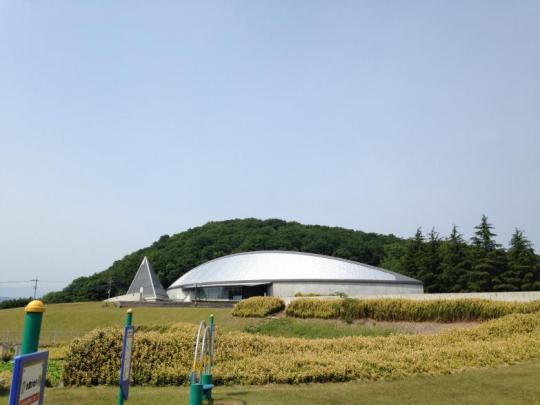

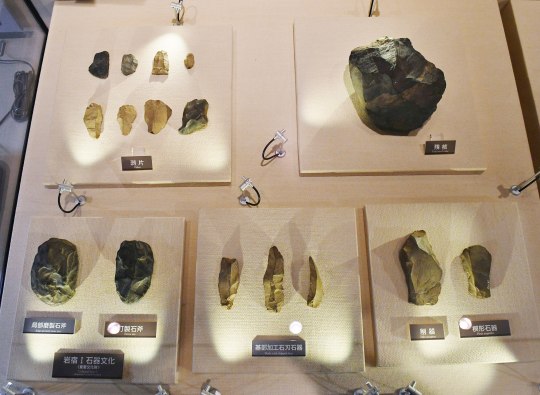

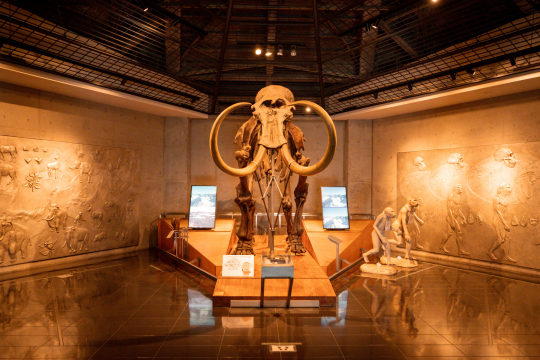
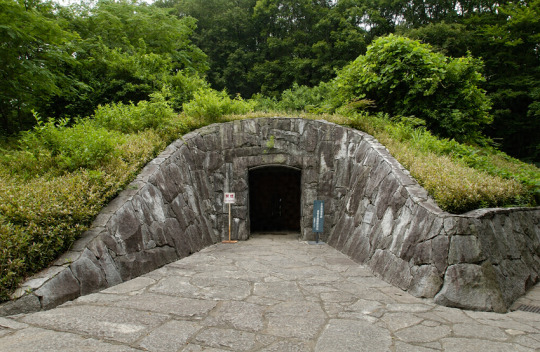
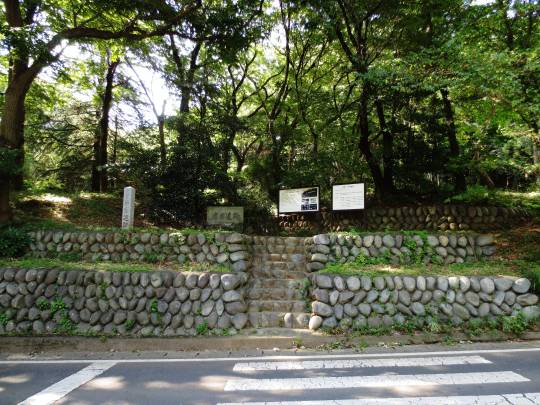
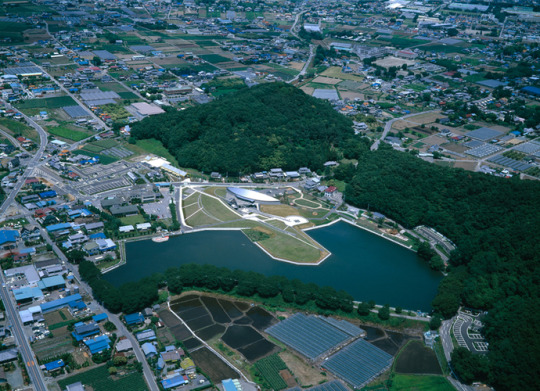
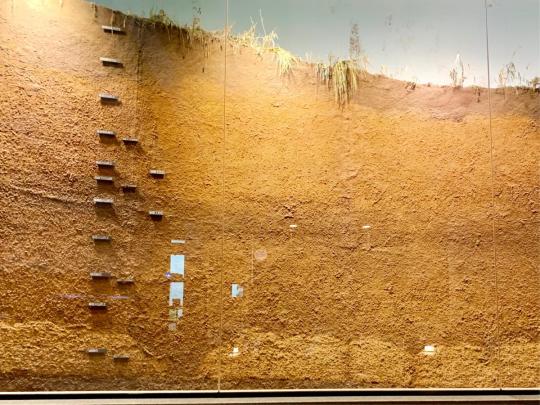
Capítulo 1: INTRODUCCIÓN El japón pre-Jomon. Sean bienvenidos, japonistasarqueologos, a una nueva entrega, arqueológica, una vez dicho esto pónganse cómodos que empezamos. - En esta ocasión nos trasladamos al yacimiento arqueológico Iwajuku, es un sitio arqueológico que está ubicado en lo que ahora corresponde al barrio de Kasuke en la ciudad de Midori, prefectura de Gunma en la región de Kantō, este lugar recibió protección como Sitio Histórico Nacional en 1979 por parte de la unesco y data del paleolítico superior 35.000 -25000 a.C mucho más antiguo que el periodo Jomon estudios recientes lo fechan hace 40.000 años. Las fotos que os mostraré a continuación son del museo de la universidad Meiji, aparte de industria lítica hecha con obsidiana también hay guijarros de piedra. - Espero que os haya gustado y nos vemos en próximas publicaciones que pasen una buena semana. Capítulo 1: INTRODUCCIÓN El japón pre-Jomon. Sean bienvenidos, japonistasarqueologos, a una nueva entrega, arqueológica, una vez dicho esto pónganse cómodos que empezamos. - En esta ocasión nos trasladamos al yacimiento arqueológico Iwajuku, es un sitio arqueológico que está ubicado en lo que ahora corresponde al barrio de Kasuke en la ciudad de Midori, prefectura de Gunma en la región de Kantō, este lugar recibió protección como Sitio Histórico Nacional en 1979 por parte de la unesco y data del paleolítico superior 35.000 -25000 a.C mucho más antiguo que el periodo Jomon estudios recientes lo fechan hace 40.000 años. Las fotos que os mostraré a continuación son del museo de la universidad Meiji, aparte de industria lítica hecha con obsidiana también hay guijarros de piedra. - Espero que os haya gustado y nos vemos en próximas publicaciones que pasen una buena semana. - 第 1 章: はじめに 縄文以前の日本。 日本の考古学者の皆さん、新しい考古学へようこそ。そうは言っても、気を楽にして始めましょう。 - この度、岩宿遺跡へ移動しました。 岩宿遺跡は、現在の関東地方の群馬県みどり市嘉助地区に相当する遺跡で、平成29年に国の史跡として保護されています。 1979年にユネスコによって認定され、その起源は紀元前3万5千年から紀元前2万5千年の後期旧石器時代にまで遡り、縄文時代よりはるかに古く、最近の研究では4万年前のものであると推定されています。以下に紹介する写真は明治大学博物館所蔵のものですが、黒曜石を使った石工業のほかに石の小石もあります。 - 気に入っていただければ幸いです。今後の投稿でお会いしましょう。良い一週間をお過ごしください。 - Chapter 1: INTRODUCTION Pre-Jomon Japan. Welcome, Japanese archaeologists, to a new archaeological installment. Having said that, make yourself comfortable and let's begin. - On this occasion we moved to the Iwajuku archaeological site, it is an archaeological site that is located in what now corresponds to the Kasuke neighborhood in the city of Midori, Gunma prefecture in the Kantō region, this place received protection as a National Historic Site in 1979 by UNESCO and dates back to the Upper Paleolithic 35,000 / 25,000 BC, much older than the Jomon period, recent studies date it to 40,000 years ago. The photos that I will show you below are from the Meiji University Museum, apart from lithic industry made with obsidian there are also stone pebbles. - I hope you liked it and see you in future posts, have a good week.
#日本#文化#先史時代#旧石器時代#氷河期#考古学#芸術#地理#写真#ユネスコ#japan#culture#prehistory#paleolithic#iceage#archaeology#art#geography#photography#unesco
29 notes
·
View notes
Text
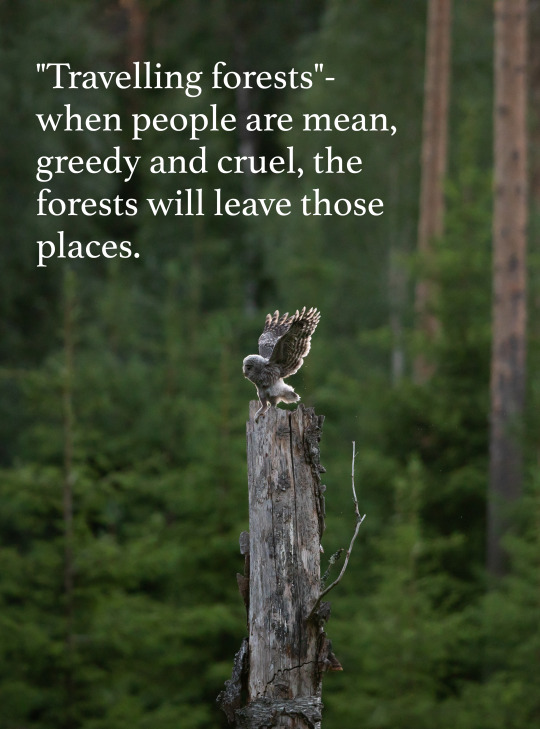
Legends and myths about trees
Forest myths, Estonian traditional beliefs (5)
The world of the Estonians’ ancestors – Magical objects [first part]
White Ship (valge laev) - mythical ship that brings freedom or takes people away to a better land. This myth was born around 1860 when a small sect led by Juhan Leinberg (also known as Prophet Maltsvet) gathered near Tallinn to wait for a white ship to take them away.
Hat of fingernails (küüntest kübar) - makes the bearer (usually Vanatühi) invisible. In Estonian mythology, Vanatühi ("Old empty one", or alternatively, Vanapagan, "Old devil") is a/the devil or god of the underworld, a giant farmer who is more stupid than malevolent. Vanapagan is the ogre character in Estonian versions of the series of internationally known folktales of the stupid ogre.
Letter gloves (kirikindad) – were believed to have protective or magic powers, especially church letter gloves and the gloves that sailors wore. Letter gloves were (are) decorated with special geometric patterns and narrow red stripes; they have many whispers and spells in them because the crafter used to sing while making, dyeing and knitting yarn.
Letter Belt (kirivöö) - the belt had the most ancient and magical patterns of all the craft items, red woven belts and laces were a common item to sacrifice (they were tied to the branches of holy trees). The belt was tied around parts of body that were sick and, pulled tightly around the waist, to protect and give strength to the bearer.
Sacred stones - the last ice age has left a lot of great stones (erratics) in Estonia. Many of them were considered sacred and people came to them to sacrifice silver, blood, red ribbons and coins and ask for welfare and prosperity. Often, the stones have little holes in them, some of them probably used to place the sacrifice in. The meaning and function of the holes is however still disputed; according to a paleoastronomer they may have had a calendary function.
Travelling forests - when people are mean, greedy and cruel, the forests will leave those places. The most stories about travelling forests are found in coastal areas of Estonia.

木にまつわる伝説・神話
森の神話・エストニアの民間伝承 (5)
エストニア人の祖先の世界 〜 魔法のオブジェ(続き)
白船(valge laev)- 自由をもたらし、より良い土地へと人々を連れ去る神話上の船。この神話は1860年頃、ユハン・レインベルグ(預言者マルツヴェトとしても知られる)に率いられた小さな一派がタリン近郊に集まり、自分たちを連れ去ってくれる白い船を待ったことから生まれた。
爪の帽子(küüntest kübar) - 持ち主(通常はヴァナトゥヒ)を見えなくする。エストニア神話では、ヴァナテュヒ(「老いた空っぽの者」、あるいはヴァナパガン、「老いた悪魔」)は冥界の悪魔または神であり、悪意というより愚かな巨大農夫である。ヴァナパガンは、国際的に知られる一連の愚かな鬼の民話のエストニア語版に登場する鬼のキャラクターである。
レター・グローブ(kirikindad)-特に教会便りの手袋や船乗りが身につける手袋には、身を守る力や魔法の力があると信じられていた。レターグ・ローブには特殊な幾何学模様と細い赤い縞模様が施され、糸を作ったり染めたり編んだりするときに職人が歌っていたため、多くのささやきや呪文が込められている。
レター・ベルト(kirivöö)-ベルトは、工芸品の中で最も古く、魔法のような模様をしており、赤い織物のベルトやレースは、生け贄に捧げるための一般的なアイテムだった(聖なる木の枝に結ばれていた)。ベルトは、体の病気の部分に巻かれ、腰の周りにきつく引っ張られ、持ち主を守り、力を与えた。
聖なる石 - 最後の氷河期は、エストニアに多くの巨石(迷子石)を残した。その多くは神聖なものとされ、人々は銀や血、赤いリボンやコインを捧げ、福祉と繁栄を祈願するために訪れた。多くの場合、石には小さな穴が開いており、そのうちのいくつかは生贄を捧げるために使われたものと思われる。古天文学者によれば、穴には暦���機能があったのかもしれない。
旅する森 - 人々が意地悪で、貪欲で、残酷であると、森はその場所を去ってしまう。旅する森にまつわる話は、エストニアの沿岸部に多く見られる。
#trees#forest#tree legend#tree myth#estonian mythology#magical objects#folklore#mythology#legend#nature#art#ural owl
151 notes
·
View notes
Text
【コスチューム】ハンターの武器
目次 ▼【グラクロ】【コスチューム】ハンターの武器の基本情報 ▼【グラクロ】【コスチューム】ハンターの武器のステータス ▼【グラクロ】【コスチューム】ハンターの武器の着用可能キャラ ▼【グラクロ】【コスチューム】ハンターの武器の評価 【コスチューム】ハンターの武器の基本情報 部位 ハンターの武器 レアリティ SSR 入手方法 イベント交換所 価格 ― 【コスチューム】ハンターの武器のステータス 攻撃力+120 クリティカル確率+1% クリティカルダメージ+2% 【コスチューム】ハンターの武器の着用可能キャラ 【氷河の守護者】コキュートス 【コスチューム】ハンターの武器の評価 攻撃面を強化できる 武器コスチュームなので強化できるのは主に攻撃関連。攻撃力、クリティカル確率、クリティカルダメージの3つのステータスを強化できるため、火力を上げたい時は強化しよう。 イベ…
0 notes
Quote
やめて上司!私と仕事ができる先輩を比べないで!その人はね、あの伝説の氷河期世代の生き残りよ。この人はね、頭がいいのよ。本来ならもっと大きな企業で凄い仕事をしてたはずなの。それが氷河期の寒波のせいで安月給でしょぼい弊社に流れ着いてきた…。普通なら出会えなかったはずの人材なの
眠りのこごろー@日本労働撲滅協会会長さんはTwitterを使っています
136 notes
·
View notes
Text

自己責任だと言ってももう10年くらいで問題化してくると思う。
さもないと無敵の人がこの世代で大量発生してくるし、移民問題も本格化してくるだろう。
対処できるの?
8 notes
·
View notes


